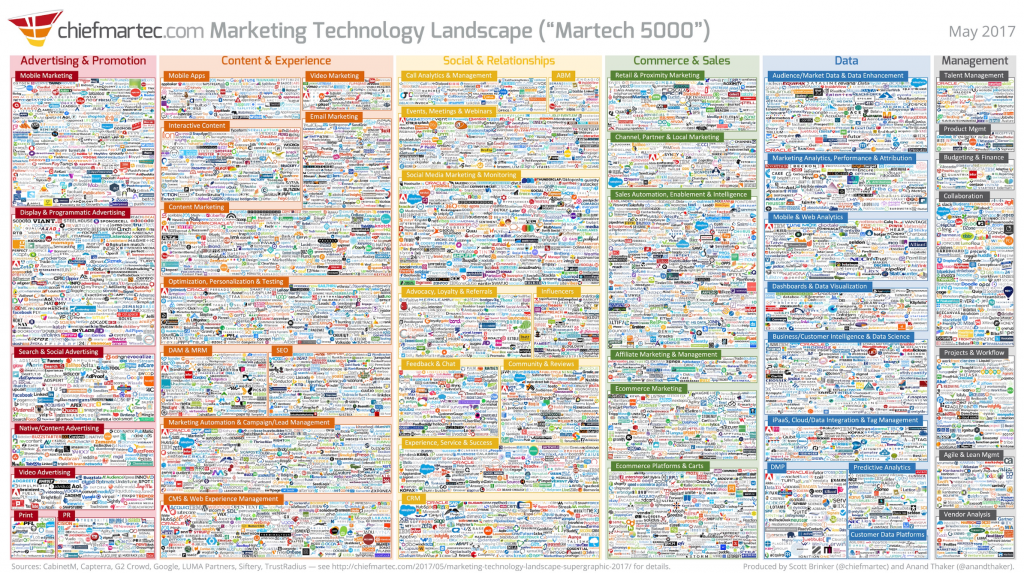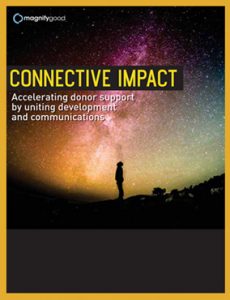The story of philanthropy today is the story of two revolutions. One is a technology revolution. The other is a monumental change in how people give. As nonprofit professionals, we’re at the frontline of both of these paradigm shifts in information control.
The Technology Revolution
Gone are the days when we could simply send out messages and expect a return. Donors and potential donors now control how they receive information and communications — while consciously deciding how to act on it. Mobile technology and all things digital create instant access to information. This digital world is always on, and it changes how and when donors come in contact with your organization.
So how are nonprofits responding to the Technology Revolution?
In most cases, not very well.
Nonprofits are slow to adapt to new technology and strategies. The 2017 Global NGO Online Technology Report, a research project sponsored by the Public Interest Registry and conducted by Nonprofit Tech for Good, found that nonprofits are using only the most basic digital tools.
This slow-to-adopt mentality also applies to how nonprofits use social media. While most nonprofits are using the most popular social networks (Facebook, Twitter, YouTube, LinkedIn, Instagram), they have only recently become comfortable with these channels. According to the report, 60 percent of nonprofits have only been using social media for the past four years or less.
Here’s the rub: the marketing technology landscape has exploded in that span, growing nearly tenfold from 350 technology solutions in 2012 to more than 5,000 in 2016. (See chart below).

Nonprofits have neither the experience nor the expertise needed to evaluate and integrate new tools and technologies, which makes it difficult for them to leverage the dynamics of the technology revolution.
The Giving Revolution
The second revolution is the shift in how donors determine who to give to. This is fueled by 24/7 access to information online.
Potential donors are constantly searching for causes and organizations that align with their values. They are looking for ways to share their time, talent and resources in meaningful ways.
So instead of waiting for an appeal from us, they search and almost instantly find what they seek. They evaluate this information, form conclusions and make decisions without ever having a face-to-face meeting. We call this dynamic The Donor’s Journey.
The revolution isn’t coming. It’s already here.
By now, you probably realize that this isn’t a look at the future. It’s a reality check. And from our perspective, you have two choices:
The first choice is to pretend this revolution doesn’t apply to philanthropy or to your organization. You can do what nonprofits have traditionally done: wait and hope you eventually catch up. You can rationalize this choice by telling yourself that you don’t have the resources, the expertise or the time to address these new changes.
The second choice? Embrace the revolution and become an early adopter.
This is the choice we recommend based on experience and historical precedent. Remember when social media was considered a fad? Do you remember how overwhelmed you felt when you thought about writing your first blog or the disdain you hid when someone suggested that your organization should take online donations? Fast forward a couple of years, and now these tools have become best practice for nonprofits.
So, it’s no longer a matter of if you’ll join the revolution — it’s when. The question is: Are you ready?
If you’d like to learn how your organization can leverage the philanthropic revolution, download your copy of the eBook, Connective Impact: Accelerating donor support by uniting development and communications.




